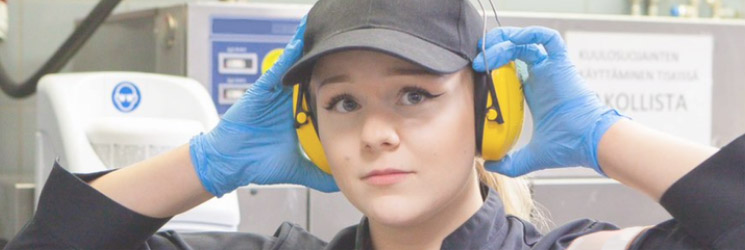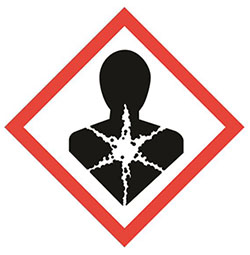

Working conditions
Mutagenic agents
The following substances are listed among mutagenic agents:
- benzene
- epichlorohydrin
- ethylene oxide
- vinyl chloride.
In addition to mutagenic substances and mixtures, working methods including mutagenic or carcinogenic agents have been identified. These working methods are listed in Annex I to Government Decree 113/2024:
- manufacture of auramine.
- work involving exposure to polycyclic aromatic hydrocarbons.
- work involving exposure to carcinogens from combustion processes
- work involving exposure to dusts, fumes and sprays produced during the roasting and electro-refining of copper-nickel mattes.
- strong acid process in the manufacture of isopropyl alcohol.
- work involving exposure to hardwood dust.
- work involving skin exposure to used engine oils.
- work involving exposure to crystalline silica dust.
- work involving exposure to carcinogens that are cytotoxic agents in the Anatomical Therapeutic Chemical (ATC) classification or other medicinal products containing carcinogenic or mutagenic substances referred to in Article 2(1)(a) and 2(2)(a) of the Decree.
- welding and thermal cutting of stainless steel.
- work involving exposure to diesel engine exhaust gases.
- work involving exposure to arsenic and its inorganic compounds.
Binding exposure limit values
Binding limit values have been set for some mutagens and carcinogens, and they must not be exceeded. See the page limit values.
Employer’s reporting obligation
In addition to reporting all carcinogens, the employer is also obligated report information on workers exposed to mutagens at work to the register of exposed workers. Further information is available on the Register of exposed workers page.
Mutagenic substances and mixtures: classification and labelling
A mutagenic substance or mixture can be identified by the fact that they are classified as category 1A or 1B under the CLP regulation. These substances and mixtures are also labelled with the following hazard statement (H) and hazard pictogram:
CLP Regulation H340 May cause genetic defects Danger |
|
Substances and mixtures suspected of causing genetic defects are classified as category 2 mutagens under the CLP Regulation. They are also labelled with a hazard statement (H) and a hazard pictogram:
CLP Regulation H341 Suspected of causing genetic defects Warning |
|


